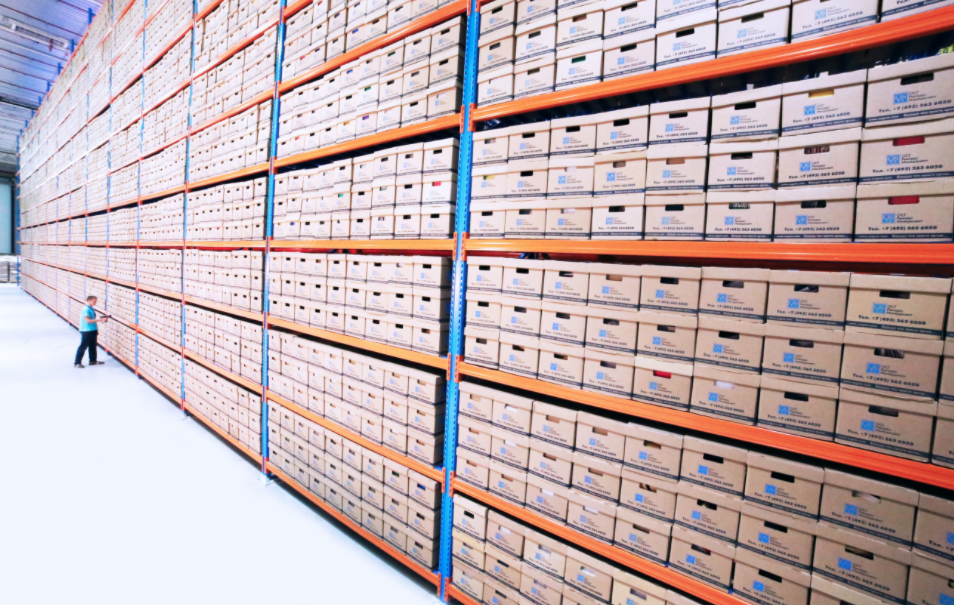If you’re an enterprise-level business, you likely rely on data for all sorts of aspects of running your company. Whether it’s leveraging data about customer behavior and purchase habits in order to better spend your advertising budgets or harnessing CRM integration to personalize your email promotions, data has a powerful role to play in a wide range of industries. At the same time, however, data can be cumbersome to manage. Especially if you’re running a national company with offices in different cities and time zones, finding one singular source of truth to serve as a data repository for all business users in your company can be a challenge.
Of course, exporting, copying, and transforming data from one system to another can be an incredibly tedious process that ultimately makes your data more prone to error. Thankfully, technology has advanced to the point that you have a few different options to weigh as you consider how best to store and manage your data. Two of the most popular options for data protection and management are virtualization and warehousing. Read on to learn more about the differences between data virtualization and data warehousing, as well as the role that virtualization can still play in a warehouse model.
What you need to know about data warehousing.

In the world of data science, a data warehouse refers to a repository of data, generally treated as a single source of truth. While this strategy generally works in theory, in practice it’s easy for a data warehouse to get muddled or for different pieces of data or lists to live in different places. While a warehouse is helpful in providing a duplicate of data and transactions, considering how important it is for business leaders and other decision-makers to be able to use data for their own analytics, social media, and even vendor evaluation, the fact that a data warehouse isn’t a perfect solution can be a problem. This is because, even though data may be able to be found from one place, other users may have separate systems that they also maintain. If they aren’t routinely performing the task of updating or checking against the data warehouse, the whole ecosystem can quickly crumble.
What you need to know about data virtualization.

Data virtualization helps address the issue of various silos and separations in data warehousing byproviding ad-hoc access to different data containers at scale. Data virtualization, at its heart, serves as a bridge between these various data sources, without you needing to set up and maintain another instance of data storage with an outside vendor. As such, data virtualization is able to complement a wide array of data platforms and systems all from a single access point. This makes it a much more efficient way to handle data protection and access since your ability to access historical data rises by leveraging cloud computing technologies. At its heart, data virtualization provides a layer of transformative logic to the way your enterprise interfaces with data, ultimately allowing you to go above and beyond in your work each day.
Data virtualization is a complex subject, but the gist of the matter is that, when compared to traditional access methods like data warehousing, virtualization is a much stronger methodology to adapt. You can dig even deeper into the subject of data virtualization by reading up on the latest GigaOm data virtualization white paper, learning how other companies and vendors are finding success using virtualization techniques in their own workflow. The bottom line is that if you want the most flexibility surrounding how your data can be accessed and modified, virtualization is the best option for large businesses with a diversity of data sources.

